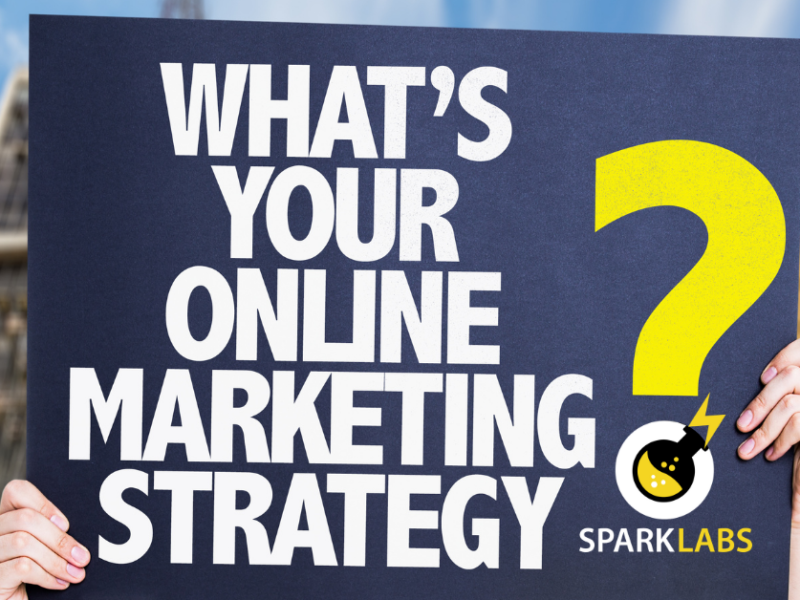Content Marketing ROI: Part 2 | How Your Content Marketing Impacts Sales
Content Marketing ROI: Part 2 | How Your Content Marketing Impacts Sales https://csuiteold.c-suitenetwork.com/wp-content/themes/c-suitenetwork/images/empty/thumbnail.jpg 150 150 C-Suite Network https://csuiteold.c-suitenetwork.com/wp-content/themes/c-suitenetwork/images/empty/thumbnail.jpgby Hana Abaza
Every piece of content you create is written for a different purpose. Content that is created to be shared or encourage comments is different than content that is written for lead generation and sales. Even then, content that’s written for lead generation has to be targeted to the right stage of the funnel. Either way, there needs to be some sort of call to action so you can initiate the sales process and start to fill the top of the funnel. If generating leads through content is one of your goals, measuring CTA performance, key conversion rates and sales metrics are all essential.
- CTA Click Through Rate
This is the percentage of people that land on your content and then click the CTA. I could write a book about CTAs (which I’ll start working on after I finish this one), but when it comes to measuring their effectiveness, one of the metrics you need to know is CTA click through rate. Generally, its easy to get an aggregate number but a bit a trickier to get your CTA click through at the individual content level.
If you’re using an Uberflip Hub, this is easy to do. Simply login to the application, and go to your metrics dashboard to take a look at not only how the individual CTA is performing, but also how the CTA placement is working for you. - Visitor to Lead Conversion Rate
This is the percentage of visitors that become leads as a result of consuming of your content. In addition to click through rate, you also need to know how well your CTAs are actually converting leads. Getting someone to click on a link CTA is one thing, but having them opt in to a free trial or demo request is an entirely different beast — and one you need to measure and optimize religiously in order to impact your bottom line.
First, define what a lead is for your organization. Perhaps it’s simply a contact that fills out an offer for content (this would be a very top of the funnel lead), or maybe it’s a free trial signup or demo request.
For example, we look at people who sign up for a free trial as leads. They’re not customers yet, but they have the potential to be. So we take unique visits to our content Hub and see what percentage of those ended up clicking on a CTA that resulted in a free trial. We also drill down to see which individual content pieces are working. In other cases, you might simply be looking at the percentage of leads that get funneled to your sales team as a percentage of visits to your content. - Increase in Lead Quality
When Jon, our Sr. Director of Business Development, told me that the quality of leads coming through Uberflip.com was skyrocketing, it was music to my ears (I secretly did a little dance when no one was looking). The right content has the ability to attract the right type of customer, which isn’t always easy to do. For example, if you’re reading this, you’re probably either a customer, a potential customer, or at the very least someone who is considering content as part of their overall content marketing strategy.
Bottom line? At the end of the day, I would rather have only you reading this article than 20 other people who don’t fit into the above categories, because you are far more likely to become a customer. - Increase in Lead Quantity
So many people mistake this to mean that we have to increase overall traffic, but what will likely make more of an impact is increasing the visitor to lead conversion rate we talked about above. If you can do this in conjunction with a bump in traffic, even better.
Increasing visitor to lead conversion should ultimately happen at two points: First, at the point of your content — for example, they read the post and then take action. Second, at the point of sign up. For instance, if your people are clicking on the call to action, but then dropping off once they get to the signup form, you know that the problem may be with the form and not the content or CTA.
Pro Tip: While content can be an excellent foundation for all of your marketing efforts, it is only one part of your marketing efforts. Make sure it works with in conjunction with your sales site, paid channels, partnerships and anything else you may be experimenting with! - Lead to Customer Conversion Rate
This is the percentage of leads that eventually become customers. Leads are great, but customers are better. Understanding the percentage of visits that convert into actual customers from your content is a direct indicator of how your content marketing efforts are impacting your bottom line. This can be easier said than done and might depend on a few factors.
If you’re primarily focused on obtaining customers via your website through a “no-touch” model, it’s a bit easier. If, however, your model dictates a longer sales cycle where you’re feeding leads to sales then you need visibility into how many deals your sales team is closing.
Pro Tip: This isn’t the only place where it’s integral for sales and marketing to work in tandem. Your sales team can be an great source of content ideas and by providing great content, marketing can help enable the sales process.
When you’re looking at your lead to customer conversion rate, you might benefit from looking at it through the lens of a cohort analysis. - Shorter Sales Cycle
This is the length of time it takes to turn a prospect into a customer. I don’t think I have to sell this one. Good content that helps your sales team answer any product or non-product related questions can help expedite the process and shorten the overall sales cycle. Shorter sales cycles mean that we have the bandwidth to talk to more prospects, ultimately leading to more customers. - Lower Cost Per Lead
The amount of money it costs to generate one lead. Here’s the one that speaks directly to ROI. Generally speaking, content marketing can boast a lower cost per lead than many paid channels. But there is still an investment, which you can maximize (if you’re a smart content marketer) by recycling content and expanding distribution channels by using your content in different formats.
According to a report published by Kapost and Eloqua, the cost per lead that comes from your marketing may initially be on par with what you’re currently seeing, but can drop up to 80 percent within the first 5 months. In addition to this increase in ROI over time, you can also expect that your content marketing will be anywhere from 31 percent to 41 percent lower than your costs for paid search, depending on the size of your company. Pretty compelling reasons to incorporate content marketing into your overall marketing plan, if you ask me. - Customer Retention (or Churn)
Retention refers to the percentage of customers you retain. Churn is the percentage lost. Customer acquisition is not the only reason to write content. Some of your content should be written for your customers, which in turn helps boost retention. This metric will be specific to your company. For example, if you’re a SaaS company like we are you probably keep a pretty close eye on your churn rate. If you’re services based, you might focus more on retention.
Click here for Part 1 of Hana Abaza’s Content Marketing ROI series.
 Hana Abaza is the Director of Marketing at Uberflip where she combines a metrics driven approach with an unwavering commitment to creating an exceptional brand experience. She has a knack for communicating inspired tech solutions to mainstream audiences and, with more than a decade of experience in digital marketing, she gets results. Hana is also an energetic speaker and contributor to the Huffington Post, Marketing Profs, Content Marketing Institute and other industry publications. Find her on Google+ or follow her on Twitter @HanaAbaza.
Hana Abaza is the Director of Marketing at Uberflip where she combines a metrics driven approach with an unwavering commitment to creating an exceptional brand experience. She has a knack for communicating inspired tech solutions to mainstream audiences and, with more than a decade of experience in digital marketing, she gets results. Hana is also an energetic speaker and contributor to the Huffington Post, Marketing Profs, Content Marketing Institute and other industry publications. Find her on Google+ or follow her on Twitter @HanaAbaza.





